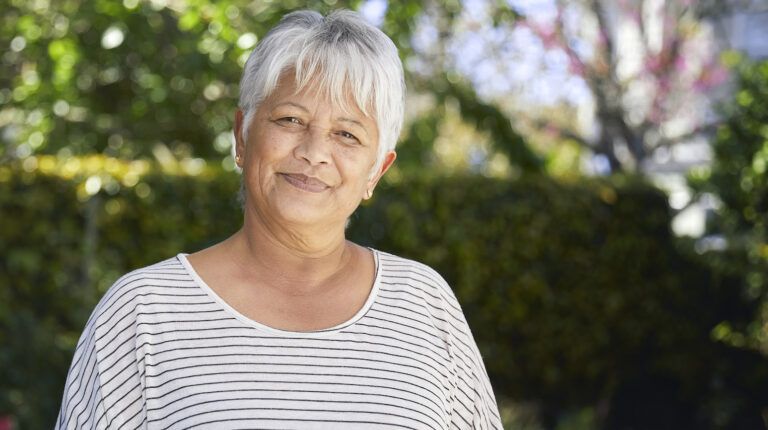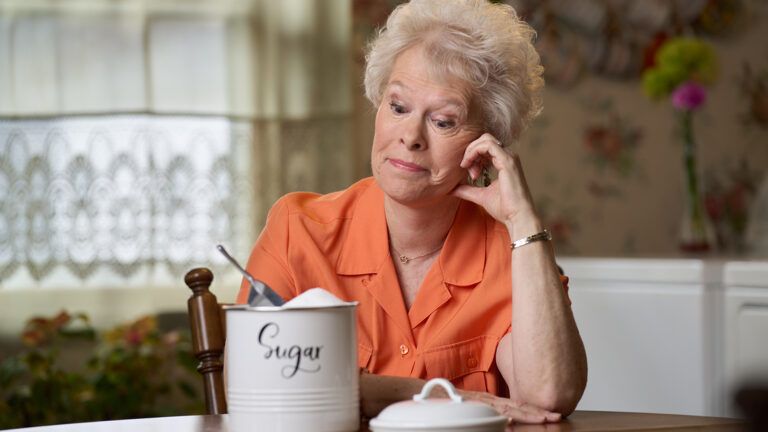It’s true: many retirees happily ditch their longtime homes to head to Florida or downsize and move into a senior community they think will be easier and better suited to this new stage of life. After all, with people living longer—between 2006 and 2030, the U.S. population of 65+ will nearly double from 37 million to 71.5 million people, according to the Census—there is often a lot of living left to do. But a growing number of Americans are also opting to age in place and remain in their primary home for as long as possible. “There are lots of reasons my clients tell me they want to stay put,” says Colleen Ashe, founder and president of Ashe Organizing Solutions, based in Poughkeepsie, NY. “They love to be near their children or grandchildren, they are comfortable in their home and they are surrounded by all their good memories.”
Still, Ashe knows that falls are the leading cause of death and injury for people 65 and older; that’s why she loves helping seniors transform their homes. “I go in with the attitude that you don’t have to move, but you do have to make sure that you are safe,” she says.
Here, Ashe shares some of her favorite ways to ensure that your senior’s home remains a comfortable and safe haven.
1. Clear your stairwells and halls.
“We’ve all been guilty of putting something on the bottom step because you want to bring it upstairs—but then you forget,” says Ashe. “It’s a real tripping hazard.” Removing stacks of papers and magazines, and even furniture from hallways will make it easier for seniors who use a walker or a wheelchair (or even a cane) to navigate the home.
2. Secure rugs and floor tiles.
“In my business, we really, really hate area rugs,” says Ashe. “We call them slip-and-slides, they are a real hazard.” She notes that whether they are placed by the door or in the front of the stove, they tend to move easily and frequently cause falls. “It’s the same thing if you have a chipped tile or a crack in the linoleum: your foot gets caught and you are down for the count before you even realize that you are falling.”
3. Ensure you have the proper lighting.
Ashe says that often when she goes into a senior’s home she finds a room that has just one overhead light or a couple of bulbs are burnt out. “They think, ‘oh I can manage,’” she says. But most seniors have reduced eyesight, are more sensitive to glare and simply need more home lighting than when they were younger. Another tip: make sure light switches are easily accessible.
4. Install Grab Bars.
This is any easy home improvement that offers a lot of bang for the buck. They are most commonly found in the shower, near the toilet, or on the staircase, although you can install them any place where a senior needs a little extra support. Ashe says: “The question to ask is: do you feel safe and comfortable doing your daily activities?”
5. Keep all your vital documents in one place.
“Your [last] will, your living will, your health care proxy, your power of attorney. These are scary things to talk about,” says Ashe. “But having them all in one place not only gives the senior peace of mind, but family members are also relieved to know where these important documents can be found in case of an emergency.”





